Tomatoes are in full production mode in my garden right now. I made a couple dozen jars of salsa this week, and picked tomatoes again this morning. About half of them went into a giant, double-size lasagne for my son's birthday dinner, but there are a couple quarts of cherry tomatoes left over. I'm debating whether to make a cherry tomato salad tomorrow (yes, it's the right link; scroll down), or this cream of tomato soup. It's simple and delicious. Using cherry tomatoes increases the natural sweetness; did you know that commercial versions almost always add sugar to their tomato soup?
Another advantage to making it yourself is you can substitute out any ingredient you have food sensitivities to. Can't have dairy? Use a nondairy milk instead, or coconut cream for a richer version. Can't have wheat or gluten? Use cornstarch to thicken it instead of the flour. (You'll only need half as much, and don't add it to the hot vegetables; add it to the blender along with the broth and tomatoes.)
The biscuit recipe is a fast drop biscuit version- the butter is melted before mixing in, rather than cut in. In the photo below, the biscuits were made with cheddar cheese and crumbled bacon in the dough. Mmm.
BTW, the link to the cherry tomato salad has two tomato recipes- a surprisingly hearty tomato salad, and the most delicious vegetable gratin I've ever tried. (Bonus- it uses tomatoes AND the extra zucchini or summer squash that seems to always hide under the leaves until it's big!













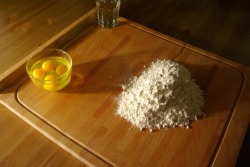


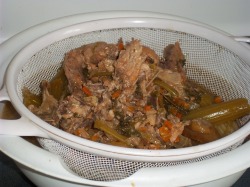
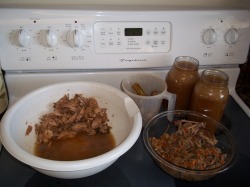
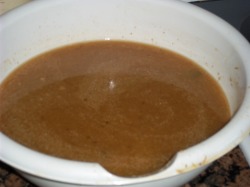




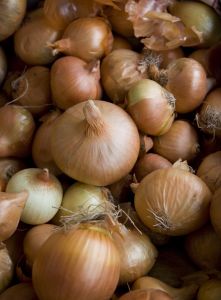
 RSS Feed
RSS Feed